
In September 2022 Oxbow's bookshop and distribution buisness merged with Pen & Sword Books, a family run independent publisher of history books. The book distribution aspect of our business will continue to bring you some of the best books in the field of archaeology and related disciplines as Casemate UK. The Oxbow Books publishing imprint remains as a separate entity, still sold and distributed exclusively by us.
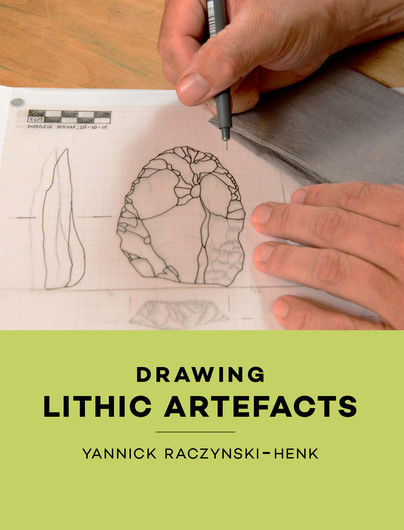
Format: Paperback
Pages: 52
ISBN: 9789088905308
Pub Date: 29 Aug 2017
Illustrations: 18fc/11bw
Description:
Stone Age researchers spend a lot of time studying and documenting lithic artefacts. Since it is impossible to study all these artefacts physically, they often rely on images. Drawings are often the most informative because the lines and symbols in these drawing contain technological information which tells the audience how the artefact depicted was made.
Conversely, making these drawings is an excellent way of learning to recognise and understand this technological information. In a distant past Yannick aspired a career as an artist and while the art world is probably better off without him, he managed to find a new purpose for his artistic bend in his career as an archaeologist in the form of making lithic illustrations. Both professional and amateur archaeologists ask him questions about the drawings regularly with “It’s probably very difficult, I’m sure?” the most prominent. Drawing lithic illustrations is bound to rules and conventions anybody can learn. Of course it helps if you have a deft hand at drawing, but this style of drawing is a craft, not an art form. A craft anybody can learn with a little perseverance. Starting from there, Yannick gives courses in drawing artefacts. While preparing these courses he noticed that almost no books or papers suitable as course material are available, a realisation eventually resulting in this book.
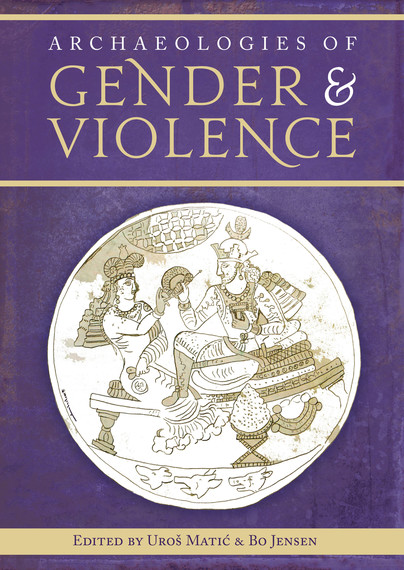
Format: Paperback
Pages: 252
ISBN: 9781785706882
Pub Date: 31 Jul 2017
Illustrations: b/w and colour
Description:
Uroš Matić and Bo Jensen have brought together a team of both young and senior researches from many different countries in this first volume that aims to explore the complex intersection between archaeology, gender and violence. Papers range from theoretical discussions on previous approaches to gender and violence and the ethical necessity to address these questions today, to case studies dealing on gender and violence from prehistoric to early medieval Europe, but also including studies on ancient Egypt, Persia and Peru. The contributors deal both with representations of violence and its gendered background in images and text, and with bioarchaeological evidence for violence and trauma with a gendered background.
The volume is rich both in examples and approaches and includes opening and closing chapters by senior scholars in the field assessing the current state of work and addressing the scholarship to continue on the line of this volume.
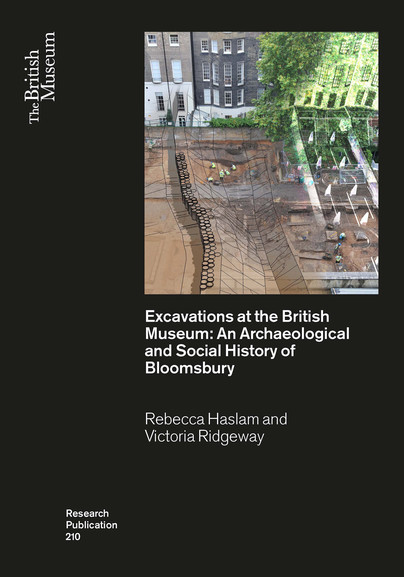
Format: Paperback
Pages: 250
ISBN: 9780861592104
Pub Date: 31 Jul 2017
Series: British Museum Research Publications
Illustrations: 160
Description:
In 1999 and 2007 respectively, the central courtyard and the northwest corner of the British Museum estate were redeveloped in order to create two iconic additions to the institution: the Great Court and the World Conservation and Exhibitions Centre. The execution of these projects provided the opportunity to investigate the archaeology and history of the Bloomsbury area and the museum itself through excavation and archival research. This volume presents the results of the ensuing studies undertaken by Pre-Construct Archaeology and in so doing details the evolution of this area of London from the Roman period into modern times.
The book charts the impact that the growth of the Museum and its collection has had on the surrounding area of Bloomsbury, as well as focusing on two of the key finds of the excavation: the discovery of the hitherto elusive Civil War defences of London and the intriguing assemblage of dead cows recovered from an early 18th-century collection of graves buried underneath the site. The book presents an overview of the wider urban landscape in which the British Museum is situated and discusses multiple interconnected themes from urban development and housing to domestic material culture and urban garden design. The result is a fascinating study of one of the most iconic areas of London and provides a fresh insight into the history of the British Museum.

Format: Paperback
Pages: 192
ISBN: 9781785703478
Pub Date: 31 Jul 2017
Illustrations: b/w
Description:
The ‘western seaways’ are an arc of sea extending from the Channel Islands in the south, through the Isles of Scilly around to Orkney in the north. This maritime zone has long been seen as a crucial corridor of interaction during later prehistory. Connections across it potentially led, for example, to the eventual arrival of the Neolithic in Britain, almost 1000 years after it arrived on the near continent.
This book’s primary focus is Early Neolithic settlement on islands within the ‘western seaways’ – sites that offer significant insight into the character of the Mesolithic–Neolithic transition in this particular maritime zone. It also explores a series of directly related, wider themes: the nature and effects of ‘island-ness’ in later prehistory; the visibility of material connections across the sea; the extent of Neolithic settlement variability across Britain; and the consequences of geographical biases in research for our understanding of the prehistoric past. At the heart of the book lie the results of three substantial excavations at L’Erée, Guernsey; Old Quay, St Martin’s (Isles of Scilly); and An Doirlinn, South Uist. Key findings include: the first major Mesolithic flint assemblage recovered from Scilly; one of the most extensively excavated and long-lasting Neolithic/Bronze Age occupation sites in the Channel Islands; the first substantial Neolithic settlement on Scilly; and the longest sequence of Neolithic/Early Bronze Age occupation on a single site from the Outer Hebrides. In order to contextualise the significance of these findings, we also present an extended discussion and broad synthesis of Mesolithic, Neolithic and Bronze Age archaeology on each island group.

Format: Paperback
Pages: 232
ISBN: 9781785706769
Pub Date: 11 Jul 2017
Series: University of Cambridge Museum of Classical Archaeology Monographs
Description:
The Roman period witnessed massive changes in the human-material environment, from monumentalised cityscapes to standardised low-value artefacts like pottery. This book explores new perspectives to understand this Roman ‘object boom’ and its impact on Roman history. In particular, the book’s international contributors question the traditional dominance of ‘representation’ in Roman archaeology, whereby objects have come to stand for social phenomena such as status, facets of group identity, or notions like Romanisation and economic growth.
Drawing upon the recent material turn in anthropology and related disciplines, the essays in this volume examine what it means to materialise Roman history, focusing on the question of what objects do in history, rather than what they represent. In challenging the dominance of representation, and exploring themes such as the impact of standardisation and the role of material agency, Materialising Roman History is essential reading for anyone studying material culture from the Roman world (and beyond).

Format: Paperback
Pages: 350
ISBN: 9781785706004
Pub Date: 30 Jun 2017
Series: Current Research in Egyptology
Illustrations: b/w
Description:
This volume reflects the most recent state of research on ancient Egypt presented and discussed at the international conference Current Research in Egyptology XVII, May 2016. Nine papers are arranged in chronological order covering the wide time span from the Predynastic till the Greco-Roman Period, with the remaining five considering more general thematic, theoretical, and cross-cultural topics. Papers re-examine the archives from early excavations of Predynastic tombs in the light of modern research; discuss various types of object from different periods; consider the roles of travelling artists, regional artistic schools styles, and the mobility of ancient high-skilled craftsmen.
Thematic, theoretical, and cross-cultural papers consider the relation of gods, cosmic sacredness, and fertility beliefs; take a comparative approach to cultural identity extracted from narrative poetry of Greek and Egyptian origin; the inclusion of Egyptian musical elements incorporated into Greek traditions and the analysis of artifacts from the Egyptian collection of Zagreb, illustrating the range of information that essentially unprovenanced objects may have for future research.
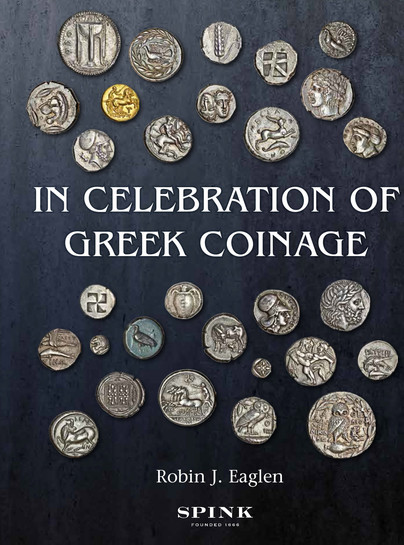
Format: Hardback
Pages: 240
ISBN: 9781907427770
Pub Date: 30 Jun 2017
Illustrations: colour illustrations thr40oughout
Description:
In Celebration of Greek Coinage is a readable but scholarly tribute to ancient Greek coins, its origin being a thoughtful study of the author's own collection, acquired over the past seventeen years. Two initial chapters relate the author's devotion to numismatics and his thoughts on Greek coins as art; these are followed by fifty essays inspired by coins in the author's own collection, comprised of articles which mainly first appeared in the Spink Numismatic Circular and its magazine the Insider, revised and updated for this volume. The essays seek to identify the formative geographical, historical, ethnic, political, religious, cultural, artistic, social, economic and commercial influences behind the coins.
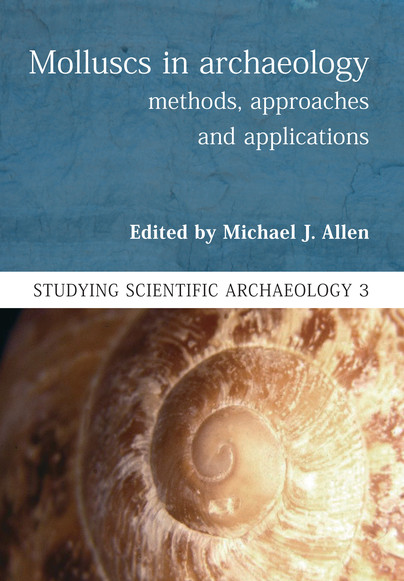
Format: Paperback
Pages: 448
ISBN: 9781785706080
Pub Date: 30 Jun 2017
Description:
The subject of ‘Molluscs in Archaeology’ has not been dealt with collectively for several decades as most previous volumes in this subject area have been confined to studies of either land or marine molluscs, or mollusc shells as artefacts. The 23 specially commissioned papers presented here address many aspects of molluscs in archaeology. Marine molluscs are a common find on archaeological sites, where they may represent food waste or their shells having been utilised as tools, artefacts and ornaments.
Land snails are also found as food waste in middens, but more commonly their microscopic remains are used to examine site environmental and land use histories. This comprehensive collection by most of the leading researchers in the field will give the reader an overview of the whole topic: methods of analysis and approaches to interpretation. It aims to be a broad-based textbook giving readers an insight into how to apply analysis to different present and past landscapes, and how to interpret those landscapes. Contributors present marine, freshwater and land snail studies, and examine topics such as diet, economy, climate, environment and land-use, isotopes and molluscs as artefacts, providing archaeologists and students with the first port of call regarding a) methods and principles, and b) the potential information molluscs can provide.Combining authoritative overviews with a range of case studies, Molluscs in Archaeology concentrates on analysis and interpretation that most archaeologists and students can undertake and understand, and reviews the ‘heavier’ science in terms of potential, application and interpretational value.
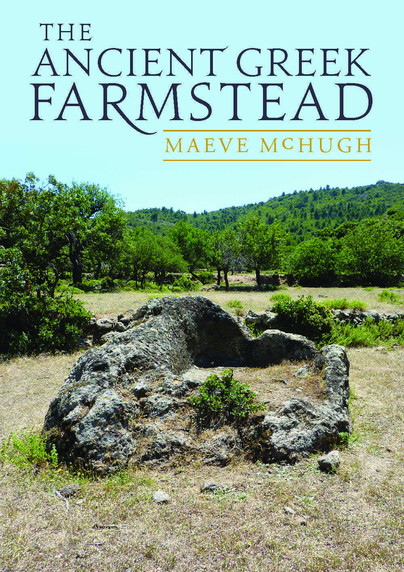
Format: Paperback
Pages: 208
ISBN: 9781785706400
Pub Date: 30 Jun 2017
Description:
The interpretation of archaeological remains as farmsteads has met with much debate in scholarship regarding their role, identification, and even their existence. Despite the difficult nature of scholarship surrounding farmsteads, this site type is repeatedly used to describe small sites in the countryside which have varying evidence of domestic, storage, and agricultural activity. The aim of this book is to engage with the archaeological and textual data for farmsteads dating to the Classical–Hellenistic period of mainland Greece, with the purpose of understanding how these sites fulfilled agricultural roles as centres for occupation, storage, and processing for those working the land.
The conclusions reached here stress the connected nature of the agricultural landscape, and demonstrate how farmsteads played a fundamental role in ancient Greek agriculture.
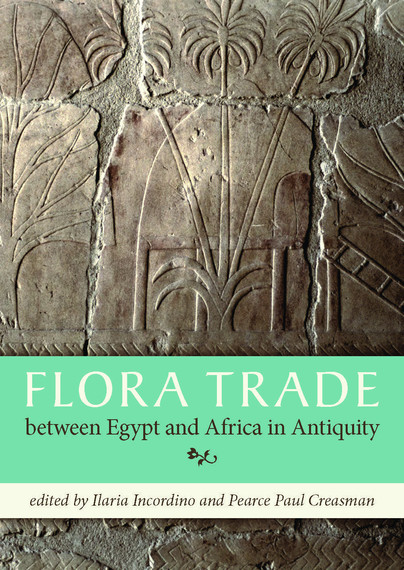
Format: Paperback
Pages: 112
ISBN: 9781785706363
Pub Date: 23 Jun 2017
Illustrations: b/w and colour
Description:
In recent decades, study of the ancient Egyptian natural world and its classification has adopted innovative approaches involving new technologies of analysis and a multidisciplinary general view. This collection of papers focuses on one particularly important aspect of foreign trade: the importation of aromatic products. Contributors present the results of the latest researches into the origin and meaning of foreign aromatic products imported in Egypt from the south (Nubia, Punt, Arabia, Horn of Africa) from the beginning of the Dynastic period.
The quest for aromata has been of a crucial importance in Egypt, since it was closely connected with economic, political, ideological, religious and mythic spheres. Through archaeological research, epigraphic analysis and iconographic investigations new evidence is explored supporting the most likely hypothesis about the sources of these raw materials. The study of related documents has revealed possible linguistic links between ancient Egyptian and other African ancient languages, and a strong link between aromata and the divine world through the creation of many Egyptian myths. The references to some specific aromatic products (ti-shepes, snetjer, antyw, hesayt) have been subject to careful lexicographic analysis, with special reference to Old Kingdom occurrences. Iconographic and field investigations documented here seek to better define the Egyptian way of representing the 'foreign' world and the value of its products in the spheres of Egyptian religiosity and rising Pharaonic ideology.
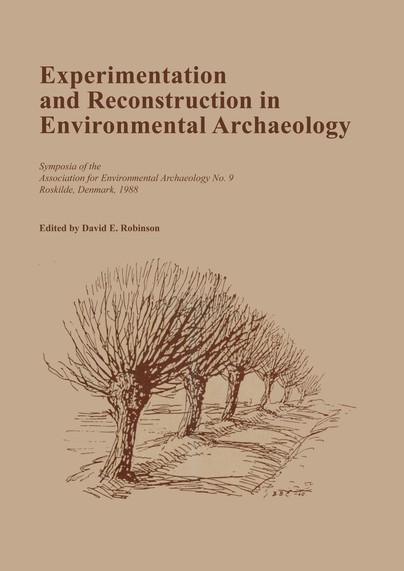
Format: Paperback
Pages: 278
ISBN: 9780946897230
Pub Date: 31 May 2017
Illustrations: figs and photos. ISBN 0 946897 22 0. Pb
Description:
Eighteen papers and six abstracts from the ninth symposium of the Association of Environmental Archaeology held at Roskilde, Denmark, in 1988.
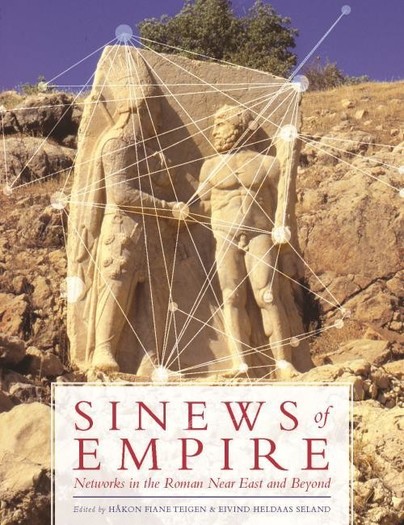
Format: Hardback
Pages: 240
ISBN: 9781785705960
Pub Date: 31 May 2017
Illustrations: b/w
Description:
A recent surge of interest in network approaches to the study of the ancient world has enabled scholars of the Roman Empire to move beyond traditional narratives of domination, resistance, integration and fragmentation. This relational turn has not only offers tools to identify, map, visualize and, in some cases, even quantify interaction based on a variety of ancient source material, but also provides a terminology to deal with the everyday ties of power, trade, and ideology that operated within, below, and beyond the superstructure of imperial rule. Thirteen contributions employ a range of quantitative, qualitative and descriptive network approaches in order to provide new perspectives on trade, communication, administration, technology, religion and municipal life in the Roman Near East and adjacent regions.

Format: Hardback
Pages: 432
ISBN: 9780802126511
Pub Date: 31 May 2017
Imprint: Atlantic Books
Illustrations: b/w illus
Description:
Man has always been fascinated by Equus caballus, recasting horse power into many forms: a hunk of meat, an industrial and agricultural machine, a luxury good, a cherished dancer, a comrade in arms and a symbol of a mythical past. From the wild tarpans sought by the Nazis to jade-laden treasure steeds in Ancient China, broken-down nags recycled into sausages and furniture stuffing, stallions that face fighting bulls and brewery horses that charmed the founder of the Sikh Empire, The Age of the Horse knits the history of the horse into that of humans, through revolution, war, social change and uneasy peace. It also uncovers new roles for the horse in the twenty-first century as a tool in the fight against climate change and as a therapist for soldiers damaged in unwinnable conflicts.
In this captivating book, Susanna Forrest takes a journey through time and around the world, from the Mongolian steppes to a mirrored manège at Versailles, an elegant polo club in Beijing and a farm, a fort and an auction house in America, exploring the horse's crucial role and revealing how our culture and economy were generated, nourished and shaped by horse power and its gifts and limits.
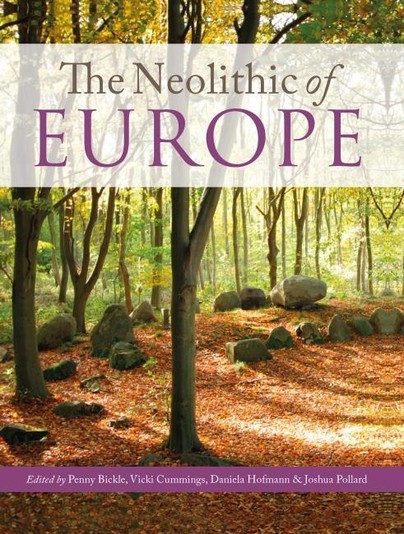
Format: Hardback
Pages: 340
ISBN: 9781785706547
Pub Date: 31 May 2017
Illustrations: bw and colour
Description:
The Neolithic of Europe comprises eighteen specially commissioned papers on prehistoric archaeology, written by leading international scholars. The coverage is broad, ranging geographically from south-east Europe to Britain and Ireland and chronologically from the Neolithic to the Iron Age, but with a decided focus on the former. Several papers discuss new scientific approaches to key questions in Neolithic research, while others offer interpretive accounts of aspects of the archaeological record.
Thematically, the main foci are on Neolithisation; the archaeology of Neolithic daily life, settlements and subsistence; as well as monuments and aspects of worldview. A number of contributions highlight the recent impact of techniques such as isotopic analysis and statistically modelled radiocarbon dates on our understanding of mobility, diet, lifestyles, events and historical processes. The volume is presented to celebrate the enormous impact that Alasdair Whittle has had on the study of prehistory, especially the European and British Neolithic, and his rich career in archaeology.
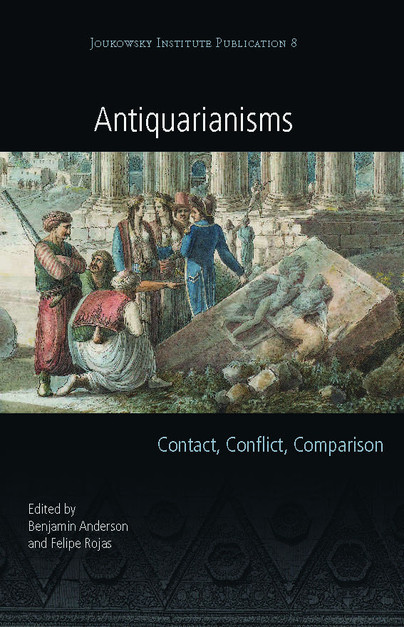
Format: Paperback
Pages: 232
ISBN: 9781785706844
Pub Date: 26 May 2017
Series: Joukowsky Institute Publication
Description:
Antiquarianism and collecting have been associated intimately with European imperial and colonial enterprises, although both existed long before the early modern period and both were (and continue to be) practiced in places other than Europe. Scholars have made significant progress in the documentation and analysis of indigenous antiquarian traditions, but the clear-cut distinction between “indigenous” and “colonial” archaeologies has obscured the intense and dynamic interaction between these seemingly different endeavours. This book concerns the divide between local and foreign antiquarianisms focusing on case studies drawn primarily from the Mediterranean and the Americas.
Both regions host robust pre-modern antiquarian traditions that have continued to develop during periods of colonialism. In both regions, moreover, colonial encounters have been mediated by the antiquarian practices and preferences of European elites. The two regions also exhibit salient differences. For example, Europeans claimed the “antiquities” of the eastern Mediterranean as part of their own, “classical,” heritage, whereas they perceived those of the Americas as essentially alien, even as they attempted to understand them by analogy to the classical world. These basic points of comparison and contrast provide a framework for conjoint analysis of the emergence of hybrid or cross-bred antiquarianisms. Rather than assuming that interest in antiquity is a human universal, this book explores the circumstances under which the past itself is produced and transformed through encounters between antiquarian traditions over common objects of interpretation.
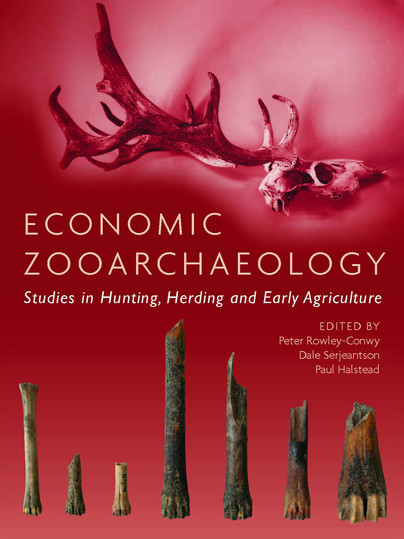
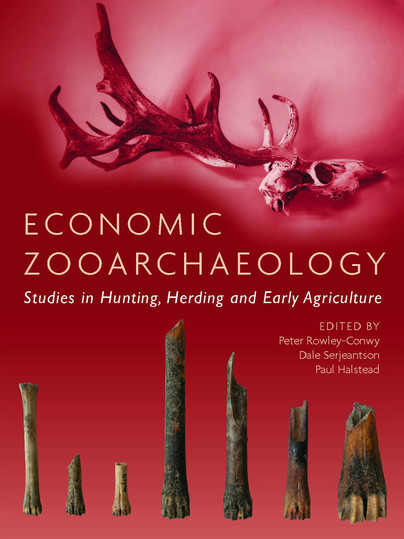
Pages: 296
ISBN: 9781785704451
Pub Date: 26 May 2017
Illustrations: b/w
Pages: 320
ISBN: 9781789253405
Pub Date: 25 Jul 2019
Illustrations: b/w
Description:
Economic archaeology is the study of how past peoples exploited animals and plants, using as evidence the remains of those animals and plants. The animal side is usually termed zooarchaeology, the plant side archaeobotany. What distinguishes them from other studies of ancient animals and plants is that their ultimate aim is to find out about human behaviour – the animal and plant remains are a means to this end.
The 33 papers present a wide array of topics covering many areas of archaeological interest. Aspects of method and theory, animal bone identification, human palaeopathology, prehistoric animal utilisation in South America, and the study of dog cemeteries are covered. The long-running controversy over the milking of animals and the use of dairy products by humans is discussed as is the ecological impact of hunting by farmers, with studies from Serbia and Syria. For Britain, coverage extends from Mesolithic Star Carr, via the origins of agriculture and the farmers of Lismore Fields, through considerations of the Neolithic and Bronze Age. Outside Britain, papers discuss Neolithic subsistence in Cyprus and Croatia, Iron Age society in Spain, Medieval and post-medieval animal utilisation in northern Russia, and the claimed finding of a modern red deer skeleton in Egypt’s Eastern Desert. In exploring these themes, this volume celebrates the life and work of Tony Legge (zoo)archaeologist and teacher.


















